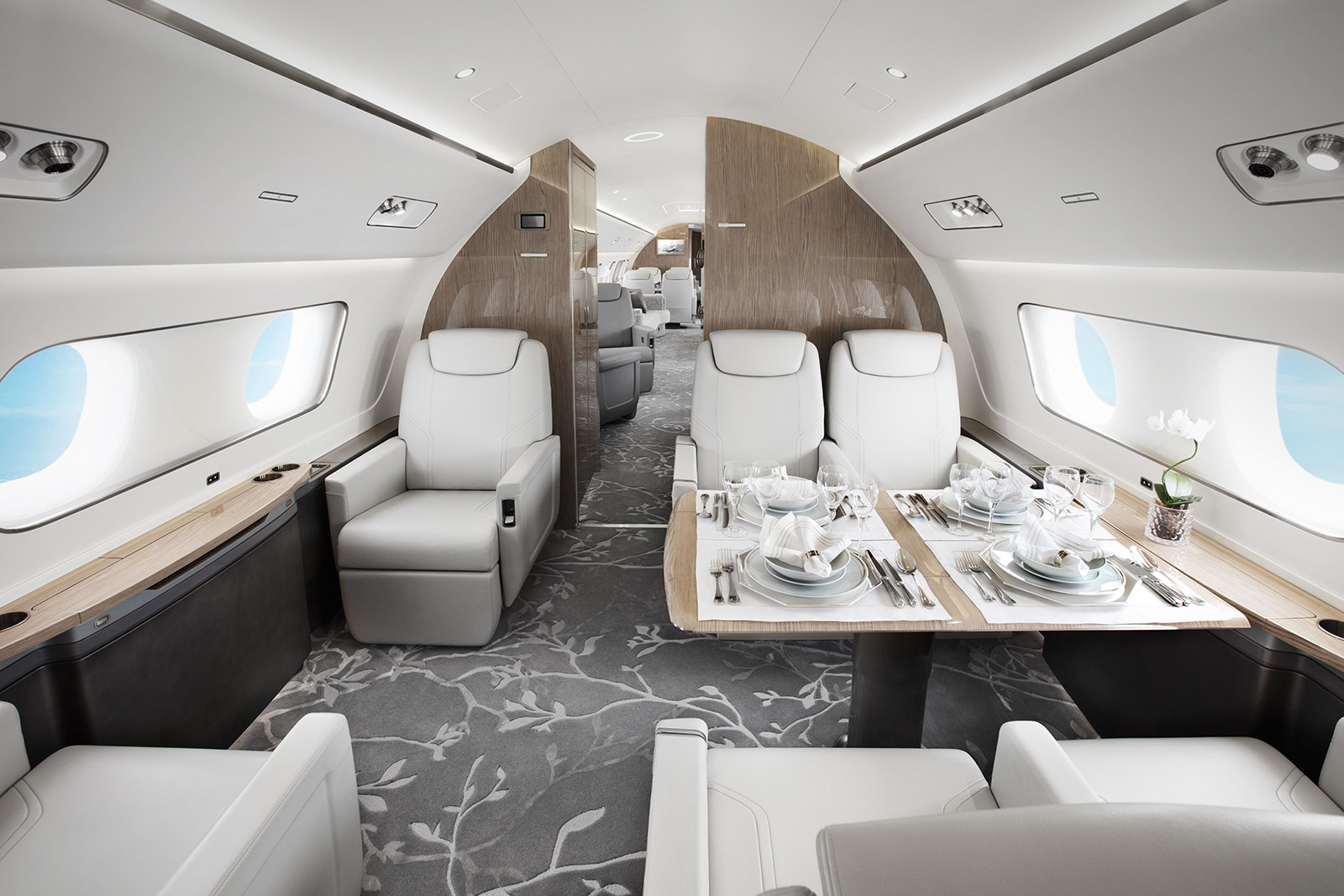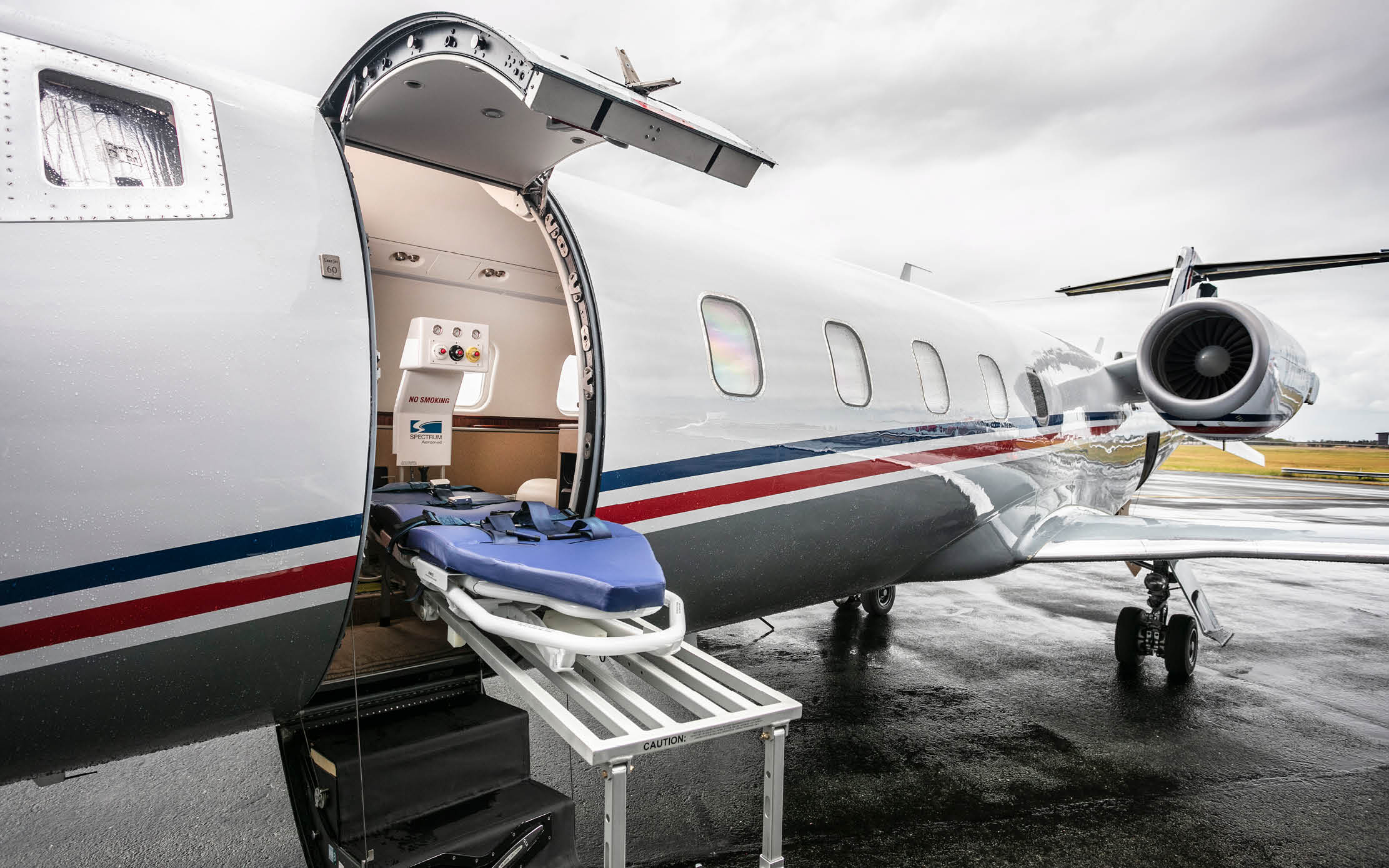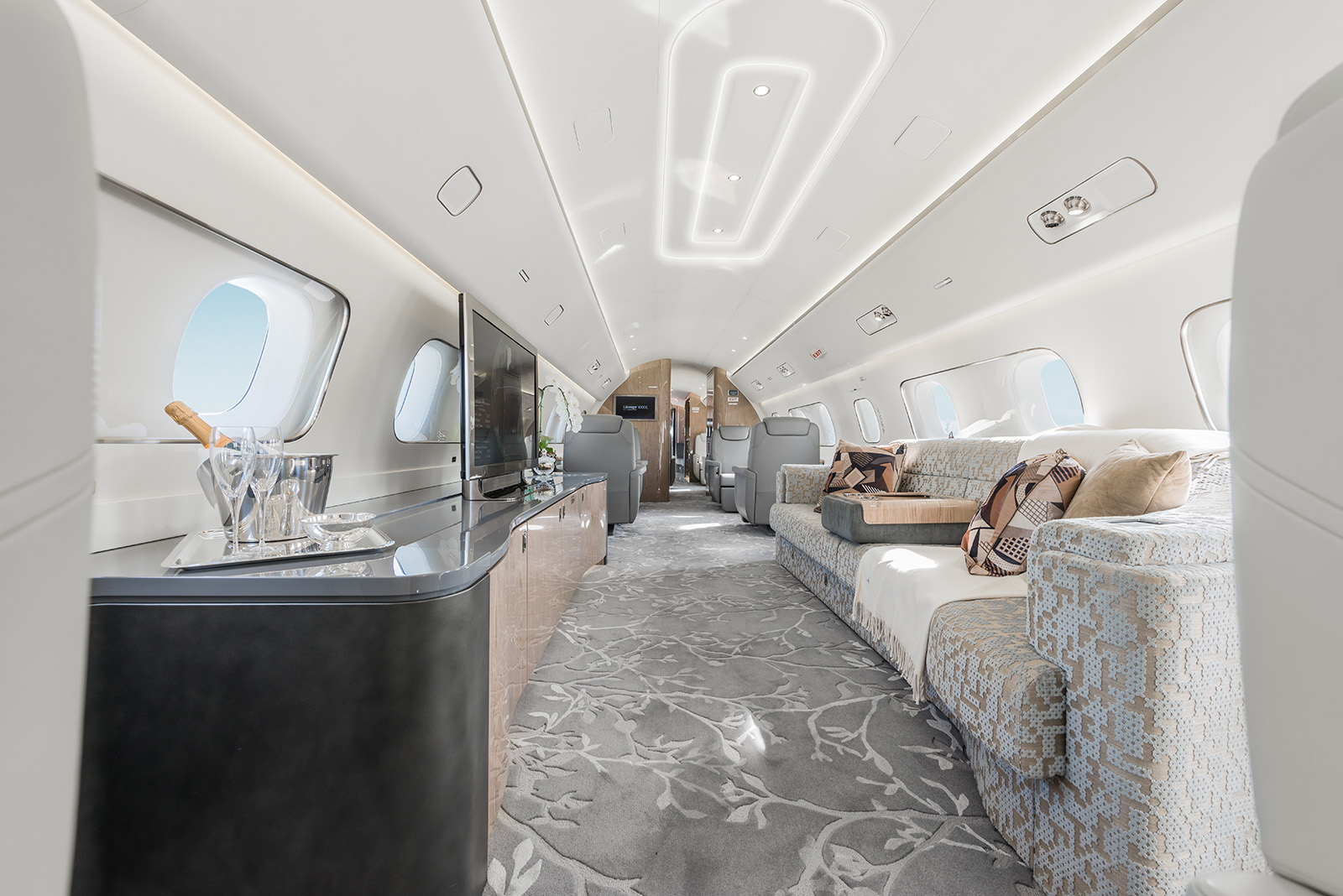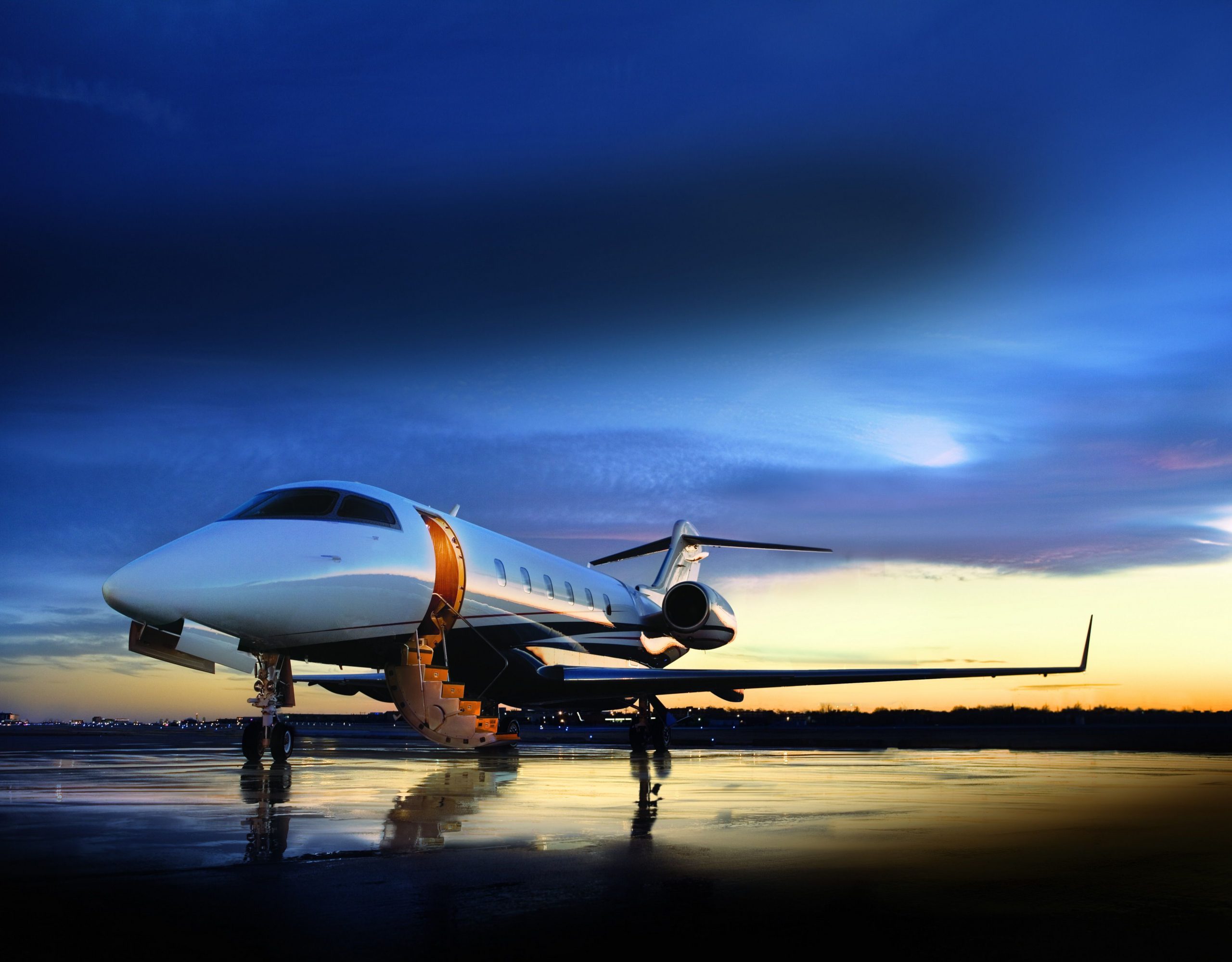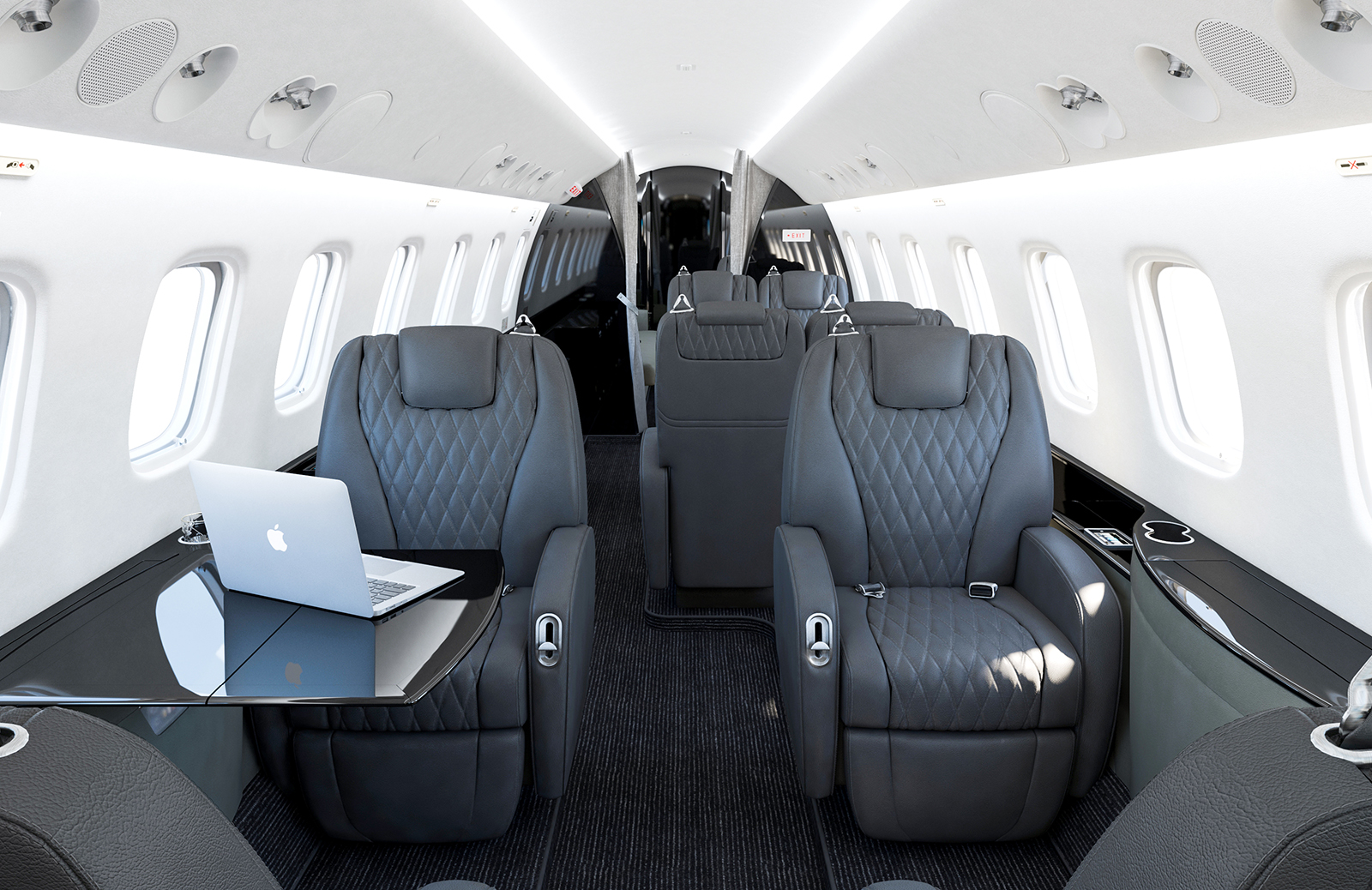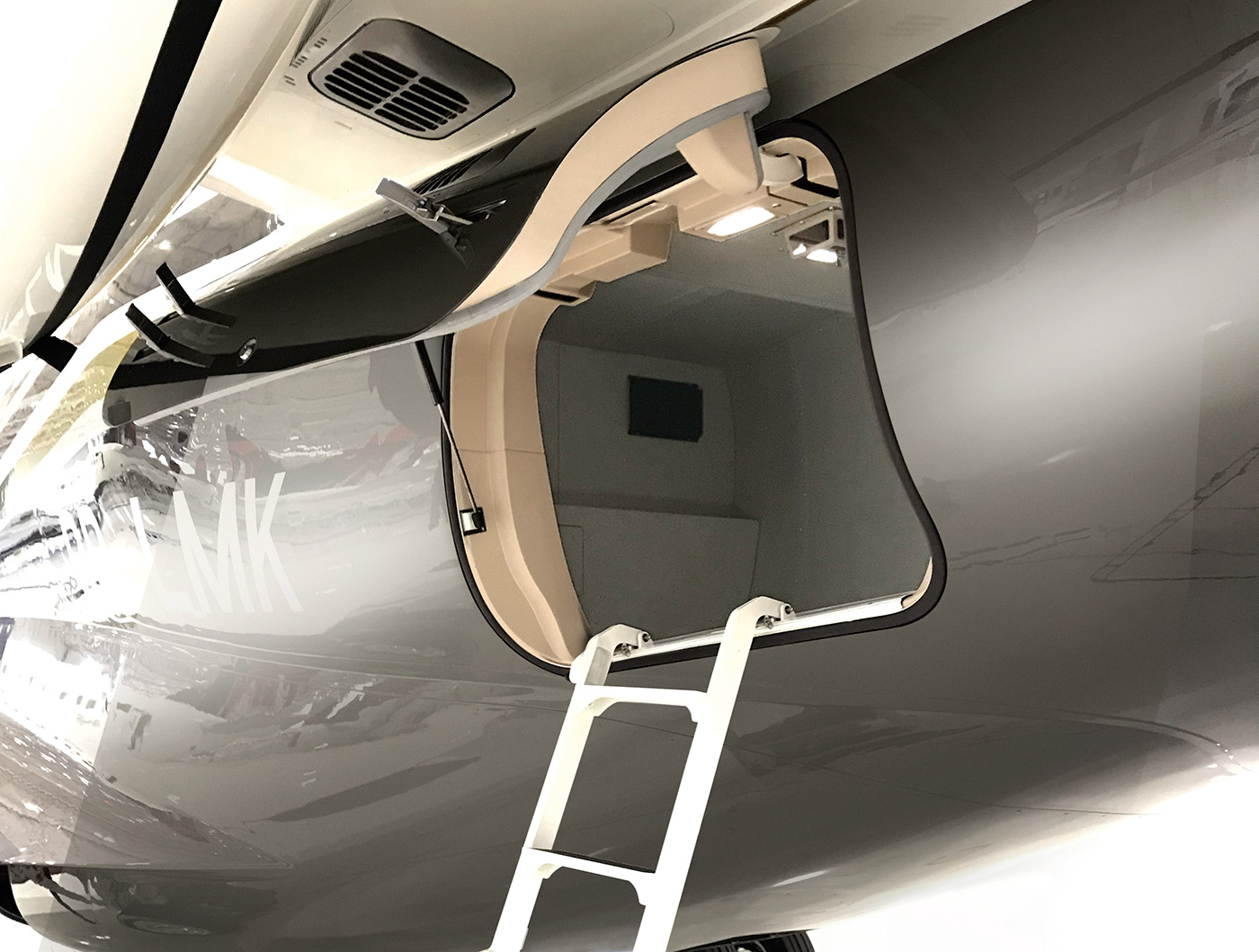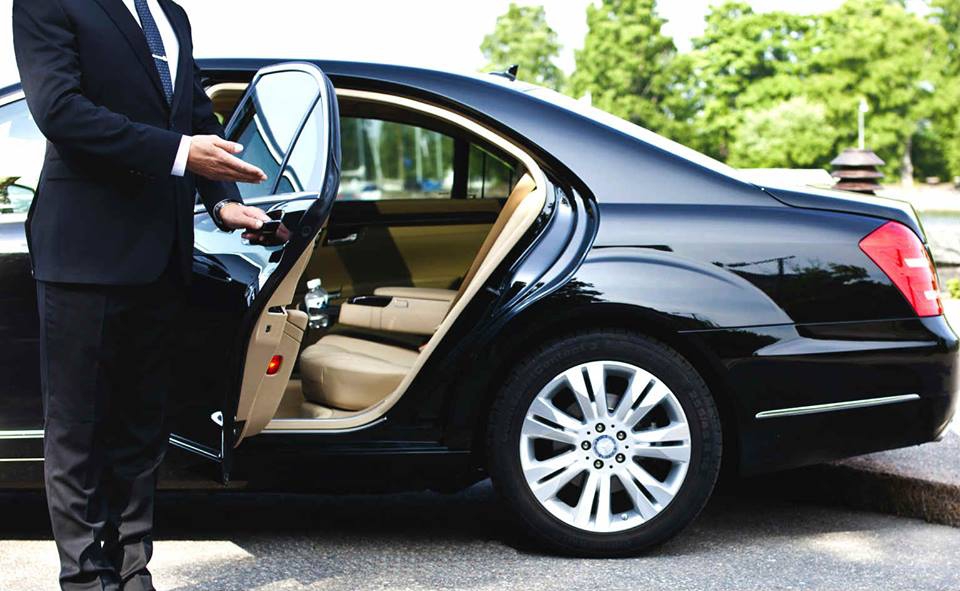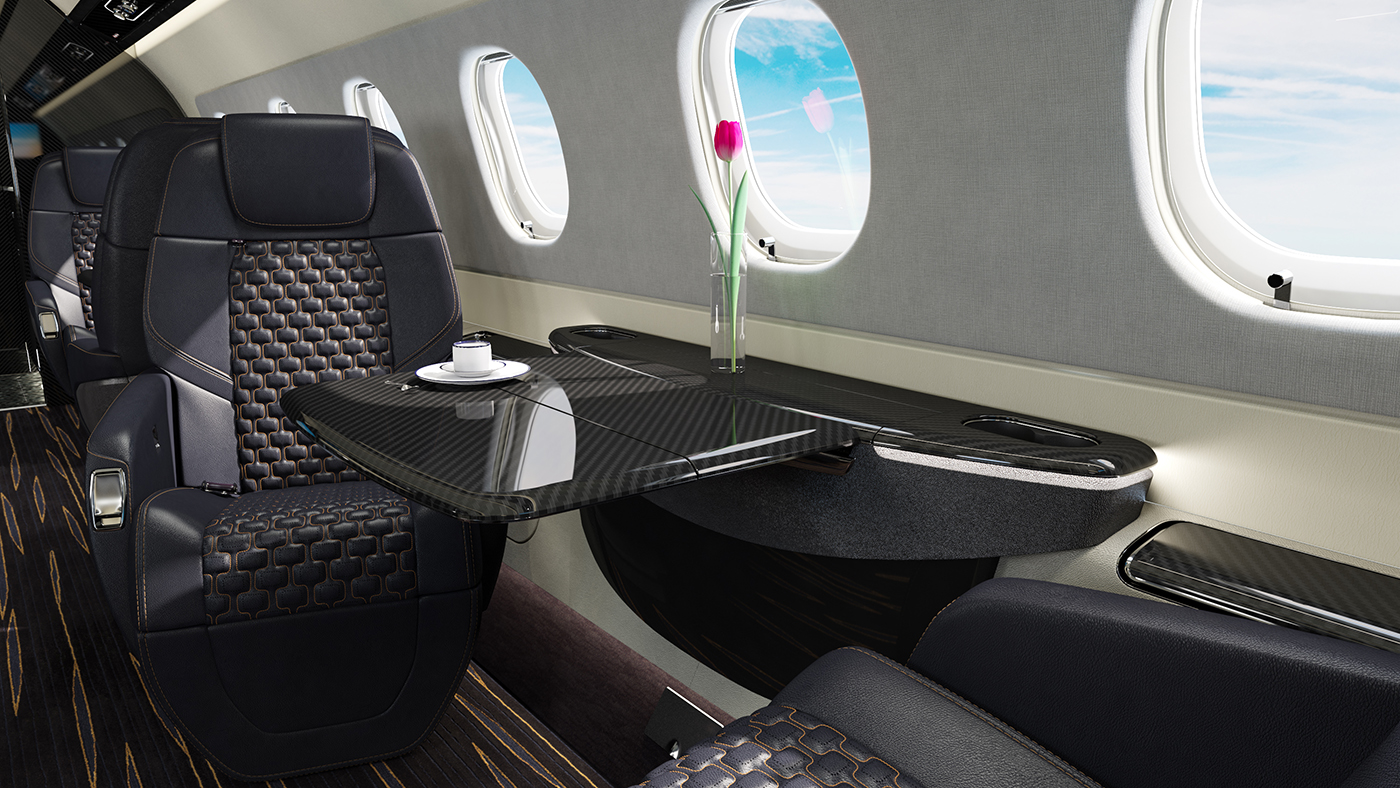[ad_1]
It was a sparkling late afternoon in April 1975. Abruptly the news flashes raced across the base: A U.S. Air Force C-5A Galaxy transport plane carrying 243 Vietnamese orphans had gone down shortly after leaving Tan Son Nhut airfield, near Saigon. Air Force officials feared sabotage.
Only a few of the adult passengers, including some U.S. Embassy personnel covertly leaving Vietnam, managed to make their way to the limited oxygen masks. The overcrowded transport plane should have been carrying no more than 100 children, rather than the 243 who had been loaded aboard. With enormous difficulty, the pilot managed to turn the plane around and crash-land two miles south of Tan Son Nhut, skidding 1,000 feet into a rice paddy. Nurses, volunteers and crew aboard, many injured themselves, did all they could to save as many children as possible.
The news reached Clark almost instantly. Operation Babylift had just gotten started when the crash occurred. Although there were conflicting reports of the casualties, more than 130 people died, including at least 78 children. Many Americans came to regard the crash as just one more in the long series of heartbreaking incidents during the ill-fated war in Vietnam.
At the time of the crash, various groups had been working frantically to shuttle the infants out of the country before it fell to the invading NVA. With this tragedy, the mission was severely disrupted, but it continued. Reports differ, but in the 24 hours that followed, possibly some 1,200 children, including 40 of the crash survivors, were evacuated on other planes. As the evacuation continued, the growing panic in the streets of Saigon and the constant rocket attacks turned the loading of the infants and children into a safety nightmare.
Adult participants wondered if the plane they were boarding would get off the ground. And if it did, would it then be shot down? Two armed military security police officers rode shotgun on nearly every subsequent evacuation flight.
Prior to the fatal C-5A crash, New York’s Cardinal Terrence Cooke had sent a plea to President Gerald Ford for federal support and an immediate waiver of immigration red tape for more than 4,000 children living in Catholic orphanages in South Vietnam. With South Vietnam’s reluctant agreement, the order for Operation Babylift had come from the U.S. president, who told the press: I have directed that C-5A aircraft and other aircraft especially equipped to care for these orphans during the flight, be sent to Saigon. It’s the least we can do.
As Saigon fell, President Ford ordered all in-country U.S. orphans to be airlifted out for asylum and adoption. Although he allocated $2 million for the operation, many flights were made in aircraft not outfitted to carry passengers. Nonetheless, more than 2,000 babies and children were flown out by military and smaller private chartered planes and eventually adopted in the United States. Another 1,300 were adopted in Canada, Europe and Australia.
When that first flight crashed, the rest of the C-5A fleet was grounded temporarily. That only added to the pressure on the mission and the workload at Clark Air Base, which more than doubled. All flight-line and ground crews immediately went to high-alert status. The usual turnaround ground time for C-130 and C-141 aircraft was eight hours. On high alert it shrank to three hours. With C-130s coming in at the rate of three per hour after dark, an air traffic control nightmare developed. The logistics of the operation was staggering, and the cycle was nonstop. Often the flight crew members ran close to the maximum flying time or crew rest limit.
Because of the differences in aircraft capabilities, the C-141s flew during daylight hours and the C-130s flew at night. The C-141 required a longer runway for landing and takeoff. The C-130 was capable of short-field approach and takeoff, meaning it could land by diving to the end of the runway when it was directly overhead, and it could take off with less than 2,000 feet of runway.
The aircrews had orders to evacuate as many infants and children as they could. The exact number for each lift was left up to the discretion of the individual pilot. The children were loaded aboard in any way possible, until the plane was full. Often, Vietnamese mothers with Amerasian children were still attempting to get their children aboard as the paratroop doors were closing, trusting their children to an uncertain fate.
Frequently, aircraft cargo straps were used to group and secure all passengers during flight. Each pilot gave his loadmaster instructions on how he wanted the plane loaded. On board, milk, food and medicine were always in short supply. During the brief turnaround time at Clark, every aircraft required a cursory cleaning. Ground maintenance crews sometimes resorted to firehoses to flush out the aircraft, leaving them open to air-dry before the next outbound flight.
American military personnel had fathered most of the children being airlifted out of Vietnam. Some of the infants on the crashed C-5A are believed to have come from the Hoi Due Anh Orphanage. The majority were children whose only support came from overseas agencies.
During this time, our family had been living at Clark, where my husband, a career Air Force sergeant, was stationed as a C-130 crew chief. We were not scheduled to return to the United States for some months. With the radio and TV news flashes, the Stars and Stripes newspaper stories, word of mouth reports and my husband’s stepped-up work schedule, the scope of Operation Babylift became very evident. Our two children were attending schools on the base, which gave me the latitude to volunteer to help.
Even before the first plane carrying the Operation Babylift evacuees touched down at Clark, a plea for help was broadcast on Armed Forces Radio and Television. The emergency task force to provide humanitarian assistance, shelter and nurturing care needed all the volunteers it could get. There was an especially acute need for volunteer military wives to help support the massive operation, not only with child care, but also administrative work, such as keypunch data entry.
While thinking of those precious lives, my maternal instincts instantly kicked in and I remembered once hearing a quotation from English essayist Sydney Smith: It is the greatest of all mistakes to do nothing because you can do only a little.
The Operation Babylift evacuees began to arrive from Tan Son Nhut, some with their Vietnamese names on a bracelet around one wrist and the name and address of their prospective American parents on the other. The U.S. Air Force housed all of the children in a base gymnasium that had been set up for their care. Military bunk mattresses were spread across the floor of the large room. A separate area for infants had cribs, changing tables, disposable diapers, ointment for diaper rash, Q-tips, bottles and food-warming equipment, as well as rocking chairs to soothe restless children. There I met and spoke with the Catholic sisters who had fled Vietnam with abandoned children who had been left in their care.
Both the nuns and the orphans had only the clothes they were wearing when they fled. I can still almost see one of the sisters, whose shoe sole was coming off. The sadness of its flap, flap, flap, against the gymnasium’s shiny hardwood floor still haunts me.
Operation Babylift was one of the largest rescue efforts in history. More than 3,000 infants and children were airlifted out of Vietnam between April 4 and April 19, 1975. The time they spent in the care of the special task force volunteers at Clark averaged between 12 and 24 hours. This permitted each child to receive the necessary vaccinations, nourishment and nurturing, before continuing the long trip across the Pacific. Every incoming child and infant was assigned to a surrogate mom. Each was cared for until it was time to board the next flight – the next leg on the journey to a new life. I helped where needed, sometimes around the clock.
As darkness fell over the base, I reported for my first shift at the ad hoc child-care center. I had committed to stay through the night and was assigned a young boy of about 4 or 5. His admirable dark eyes gave me a careful once-over. Well-behaved and quiet, but travel-weary, my young charge was too keyed up to sleep. Experiencing new sights and smells in a roomful of strangers, he needed reassurance. I read him a couple of children’s stories while holding him close. When the lights began to dim, signaling time for the children to sleep, he chose to remain awake for a while longer. We had established a bond, one of tenderness and comfort.
Sitting on his mattress, next to me, my temporary offspring drew pictures, with crayons and paper provided by the center. Drawing objects he knew and perhaps loved, he cemented them onto the paper with the vision of a preschooler. I still have his crayon pictures, and treasure them along with the shared experience. The following morning, in the bright tropical sunlight, these infants and children were bused to the flight line.
Because babies are especially endearing, many of the volunteers hoped for an infant to care for. Another of my charges was a small infant. This experience, too, proved memorable. As I rode the bus to the flight line with my charge, after caring for her overnight, the sun reflected off the planes parked on the runway. When we boarded the assigned plane, I strapped the infant into a passenger seat, kissed her goodbye and silently said a prayer for her well-being.
With the recent C-5A crash still fresh in my mind, I felt a cascade of emotions. Leaving the plane and the baby I had cared for behind was difficult. I wondered with concern what life had in store for my baby and the other children.
On some flights, the babies were put into the cargo bays of Air Force planes filled with temporary cribs and empty crates, lined up corner to corner inside the aircraft. When available, the babies’ birth records were stowed with them for the flight, documenting their short histories.
As for the older children, Babylift was the crucible that shaped their lives. Already they had seen more adversity in their short lives than most adults, and they seemed to be feeling a cloak of desolation settling around their shoulders. Some of the older children wanted to know when they could go back to Vietnam, possibly to grandmothers or foster parents who had been caring for them. Those who wanted these children to have a better future had taken them from the only life they had ever known.
Even though it was a force of goodwill that was propelling these children into an uncertain new life, the experts said that culture shock and conflicting identity would be normal for them. It was going to be up to their new parents to help them find a healthy identity, embracing cultures old and new. As they moved toward the unknown future, the children were intensely aware, while still too young to understand. Excitement mingled with fear.
These children faced change the moment they were taken aboard the planes, and many more changes lay ahead. I hoped that they would be gaining the security of unconditional love that would drive away their shadows, making something good rise from the ashes of war. In the 30 years since Operation Babylift, I have hoped that each of them found a loving and understanding home.
For many children swept up in the evacuation from Vietnam, appropriate documentation was one of the casualties of Operation Babylift and its aftermath. According to a 1976 report recorded in the Des Moines Register: A year after they arrived by planeload from embattled South Vietnam, hundreds of Operation Babylift children remain under murky legal status in this country. And, more important, the Americans who took the young refugees into their homes still are uncertain about whether the children are really theirs to keep and rear.
During the 1980s there was a widely reported class action lawsuit in the state of California, filed against President Ford, Henry Kissinger and others, challenging that many of the children had been taken from South Vietnam against the wills of their parents. This lawsuit caused delays in citizenship processing for some of the adopting families. Their children had entered the United States on a parolee visa that had been signed by Ford. But despite the disorder of the documentation surrounding some adoptions, most were completed without hindrance.
Australians adopted many Operation Babylift infants and children. Ian Harvey reported in his 1983 study of adoptive families, Once the news of the impeding evacuation of Vietnamese children became known in Australia there was a rush of adoption applications. On their arrival, he wrote, Most of the airlift children were suffering from some illness, trauma, malnutrition or other deprivation. Harvey’s study concluded that by the third year after adoption, pediatricians noted that most of the adoptees had become stable in health, secure within their families, and exhibited behavior acceptable for a child of that age.
In June 2005, World Airways, the primary civilian airline involved in evacuating the orphans from Vietnam, sponsored a 30th anniversary trip called Operation Babylift – Homeward Bound, in which 21 Babylift adoptees and their guests were flown to Vietnam. Once there, they were given a special greeting and tours inside the country of their birth. They found a country brimming with promise. For many, it was an extraordinary voyage to connect with their flesh and blood beginnings, their Asian ancestry.
Operation Babylift is only a small part of the story of Vietnamese refugees, however. Thousands of families also were evacuated in the panicked exodus as the South Vietnamese government crumbled. On April 27, 1975, more than 7,000 South Vietnamese refugees reportedly were flown out of Saigon. As the gunfire closed in, making the airport unsafe to use any longer, the signal – Bing Crosby’s I’m Dreaming of a White Christmas – played on Armed Forces Radio, triggering the last evacuation by helicopter. More than 130,000 Southeast Asian refugees immigrated to the United States by the end of 1975. Many others wound up in makeshift tent cities set up around the Pacific rim, where they remained for an extended time, waiting to be sponsored or documented so that they too could be brought into the United States and other countries offering to accept them. Several years after my own involvement, I learned that the actress Julie Andrews and her husband, director Blake Edwards, adopted two airlifted Vietnamese infants in 1975. Actor Yul Brynner and his wife, Jacqueline, adopted a baby girl who had survived the downed C-5A.
Military families seldom know where life will take them, but it is always an adventure. Just a few months after the fall of Saigon, as my family and I sat on a plane taking off from Clark Air Base, I thought of Operation Babylift. I felt fortunate to have been so closely involved in the sweep of history – events that those back home knew only from their newspapers and TV news. In return for having given, I felt I had received far greater rewards.
[ad_2]
Source by Kathy Manney

